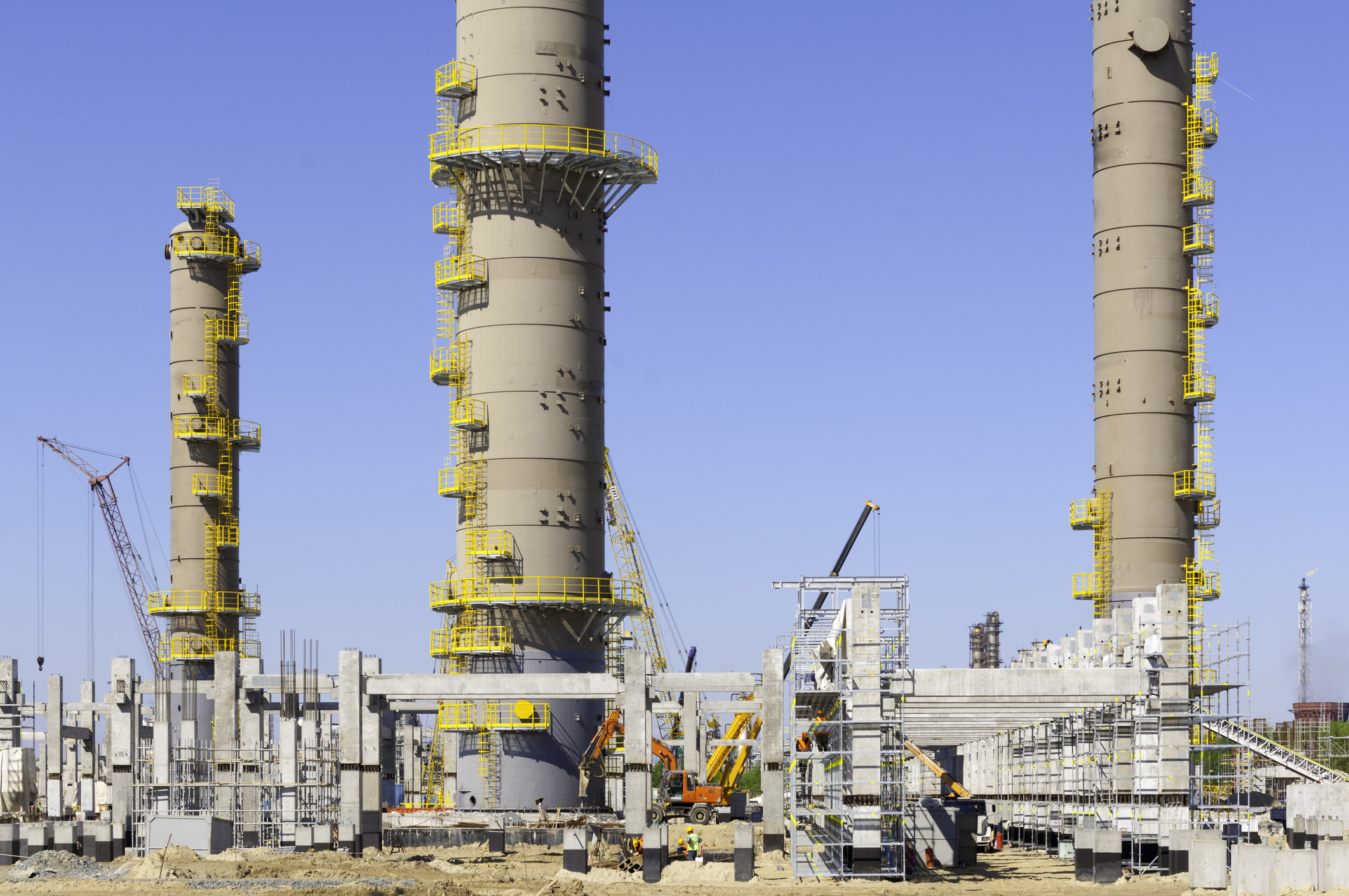Identify performance detractors. Assess alternatives. Improve availability.
System availability models are a powerful, objective, communication and analysis tool to illustrate the capability of the system, identify bottlenecks or detractors from performance, and assess what improvement in system performance you can gain given improvement alternatives.
Our detailed, asset-related system availability models, incorporate operational, maintenance and capacity issues. We provide a holistic system performance prediction, by modeling system redundancy, surge or buffer levels, contingencies, and work arounds. Utilizing a Reliability Block Diagram (RBD) model, detailed equipment failure characteristics and maintenance data can be taken into account if required. The result is a digital system model that will determine exactly what performance the system can deliver, and what needs to change to improve performance.
Are you experiencing any of these challenges?

Bridging the gap between current and required capacity
Reliability and maintenance teams struggle to meet performance goals when asset availability and capacity consistently falls short of operational demands.

Unplanned downtime and capacity constraints
Downtime and delays - whether from operational inefficiencies or maintenance issues - undermine system performance and reduce overall capacity.

Persistent underperformance of critical systems
When systems have never achieved their performance targets, identifying and resolving capacity bottlenecks becomes a key priority.
Avista Utilities improves availability and capacity with optimized preventative maintenance

Given the age of the equipment, pressures on energy prices and the growing importance of renewable energy, the question becomes what is the right amount of maintenance and when should equipment be replaced going forward. Since Avista is an integrated and regulated utility, the business case we selected was to maximize the value of Little Falls for customers.
While this may seem as a simple and obvious choice, it is not necessarily the lowest budget option for the generation group. Decisions are not always that simple, so the ultimate decision will have to weigh other factors such as initial rate pressure, public perception, and budget constraints into the ultimate decision.
How we help

The RBD model can be used to identify the key detractors to system performance then assess what improvements can be made in system performance given specific changes in the individual detractors.

Where there are multiple causes of downtime, it can be challenging to determine exactly where the opportunity for improvement lies. A complete, accurate RBD model will clearly identify the impact that specific categories of downtime contribute to overall performance. Improvement plans can then be compiled to address the issues and achieve the required performance gains.

In many cases, system performance goals are based on escalating business requirements and therefore can become disconnected to what the system can actually generate. A system availability model will determine the maximum system performance given the equipment and operational regime.


